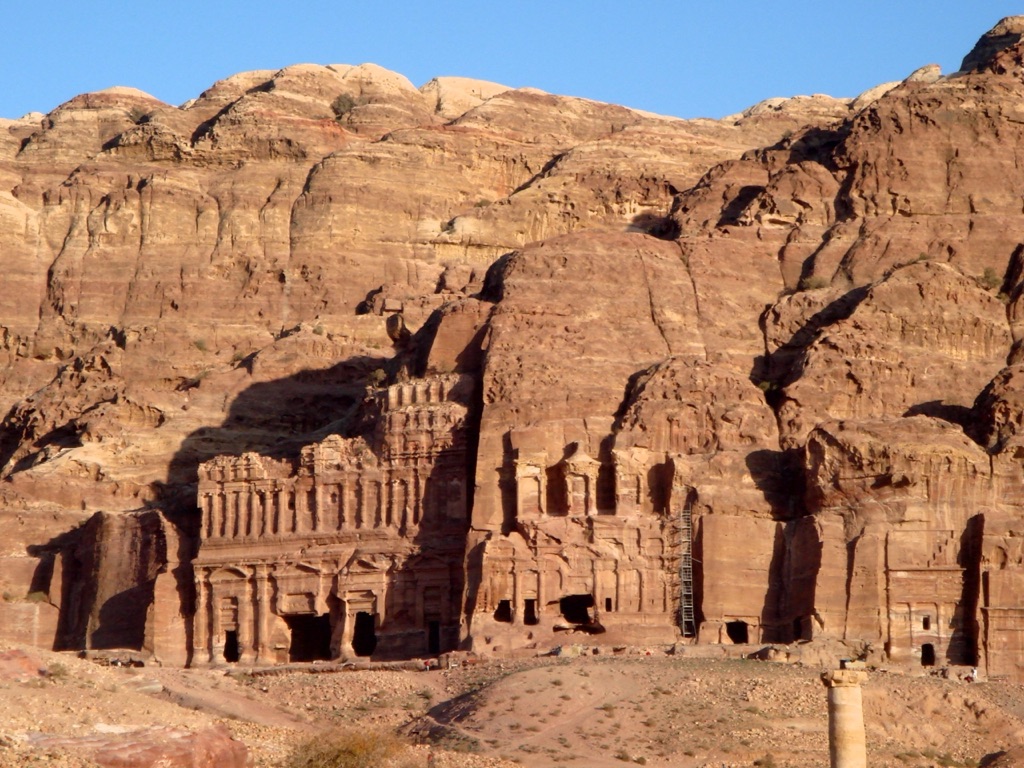Petra, known as the Rose City for its pink-hued rocks, stands as a testament to the ancient world’s creativity and determination. The Petra Royal Tombs, a significant component of this archaeological wonder, offer a glimpse into the Nabataean civilization’s complex societal and burial practices. Carved directly into the cliffs at the city’s heart, the grandeur of the Royal Tombs reinforces the skilled craftsmanship of the Nabataeans. These monumental structures served both as mausoleums and as a display of wealth and power, representing a unique fusion of Hellenistic architecture and indigenous innovation.
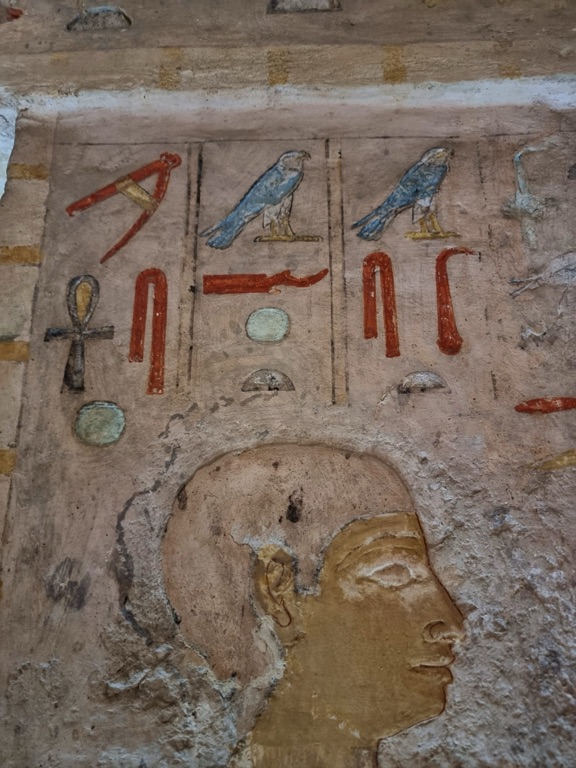
The Tomb of Queen Meresankh III
The Tomb of Queen Meresankh III stands as an architectural marvel, encapsulating the grandeur of ancient Egyptian royalty. Situated in the East Cemetery of the Giza Plateau, this tomb harbors the rich history and artistry of the Fourth Dynasty. Queen Meresankh III, with her tomb’s strategic location near the great pyramids, was no ordinary royalty; her resting place reflects her significance. Visitors marvel at the imposing facade and the intricate carvings within, representing scenes of daily life and highlighting the queen’s esteemed status in society.
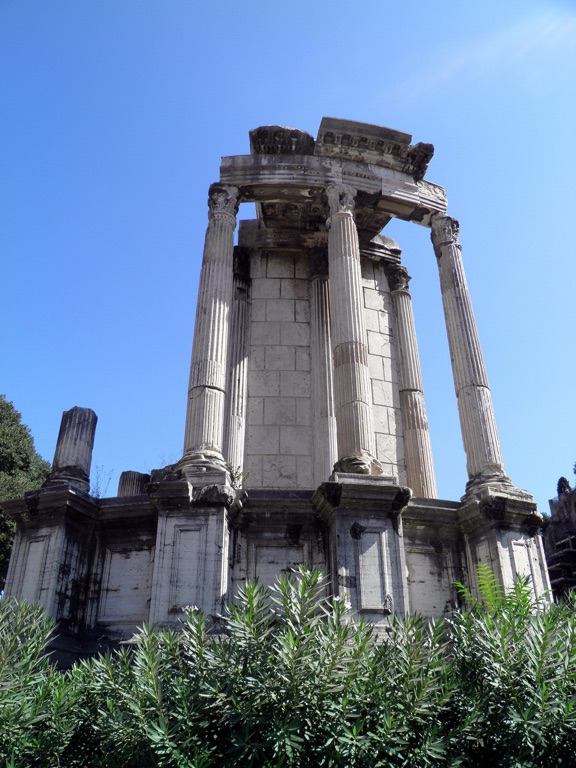
Temple of Vesta
Discover the Temple of Vesta, the heart of ancient Roman worship and mythology. Resting in the Roman Forum’s bustling center, the temple once housed the sacred fire of Vesta, the goddess of the hearth. Although time has left only ruins, it has not dimmed the temple’s significance. Romans believed that as long as the vestal fire burned, Rome would endure. That belief shaped their ritualistic endeavors to protect and maintain this essential flame. Today, the remains of the temple offer glimpses into the lives of the Vestal Virgins and their critical role in sustaining Roman religion and society. Visitors can stroll through history, envisioning how this site once radiated with religious fervor and communal spirit.
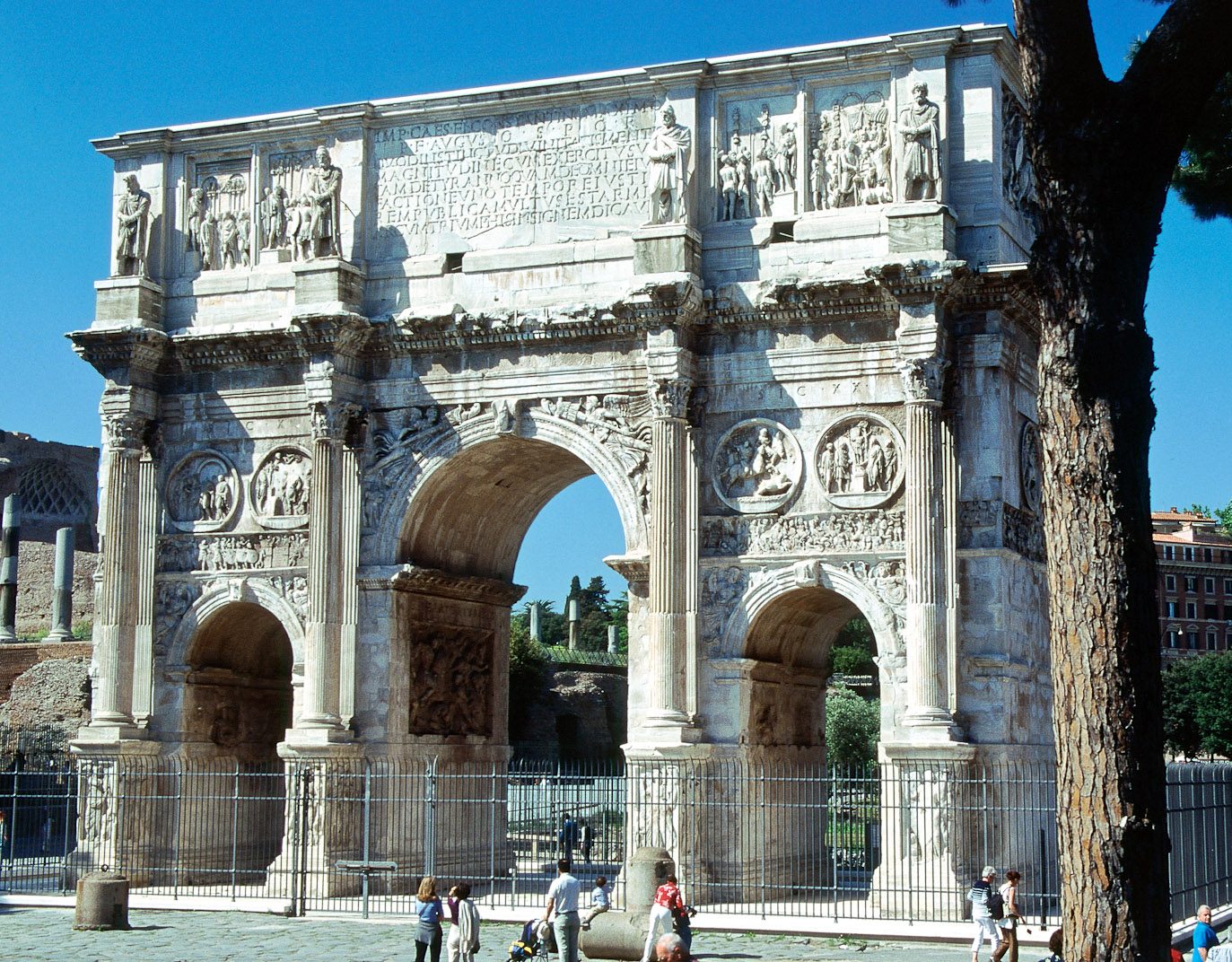
The Arch of Constantine
The Arch of Constantine is a triumphal arch in Rome, situated between the Colosseum and the Palatine Hill. It was erected by the Roman Senate to commemorate Constantine I’s victory over Maxentius at the Battle of Milvian Bridge in 312. Dedicated in 315, it is the latest of the existing triumphal arches in Rome, and the only one to make extensive use of spolia, reusing several major reliefs from 2nd century imperial monuments, which give a striking and famous stylistic contrast to the sculpture newly created for the arch.
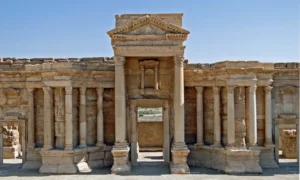
The Ancient City of Palmyra
The Ancient City of Palmyra, once a thriving metropolis in the heart of the Syrian desert, stands as a poignant testament to the grandeur of bygone civilizations. Flourishing from the 1st to the 3rd century AD, Palmyra, known as the ‘Bride of the Desert’, was a critical trade hub linking the Roman Empire and Eastern cultures. The city’s strategic location on the Silk Road enabled a unique blend of Greco-Roman, Persian, and local influences, reflected in its stunning architectural fusion. This cross-cultural exchange not only shaped Palmyra’s distinctive art and monuments but also turned it into a melting pot of various ethnicities, languages, and traditions, underpinning its historical significance.
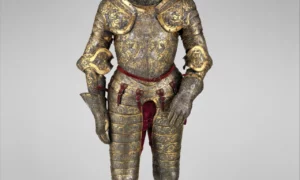
The Lion Armour of King Henry II
The Lion Armour of King Henry II is a majestic ensemble that stands as a testament to the grandeur of medieval warfare and the artistry of armorers. Historians regard it as one of the most splendid and imposing examples of royal armor. Designed not just for protection, the Lion Armour also served as a symbol of power and authority. It boasts intricate designs reflecting the status of King Henry II as a fierce leader, with the imposing lion crest personifying his courage and strength. This extraordinary piece represents an important era in English history, one where chivalry and skill-at-arms were paramount, and monarchs were expected to lead from the frontlines.

